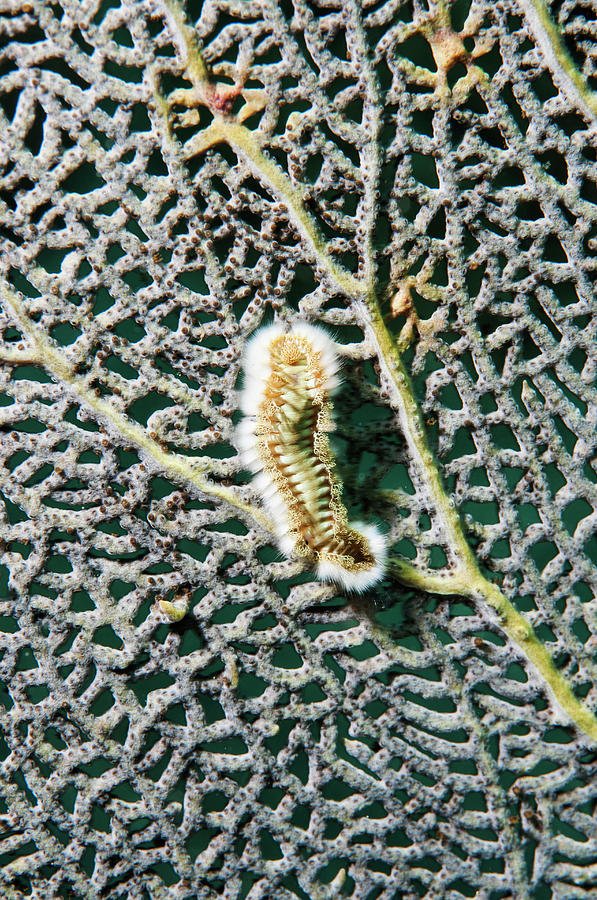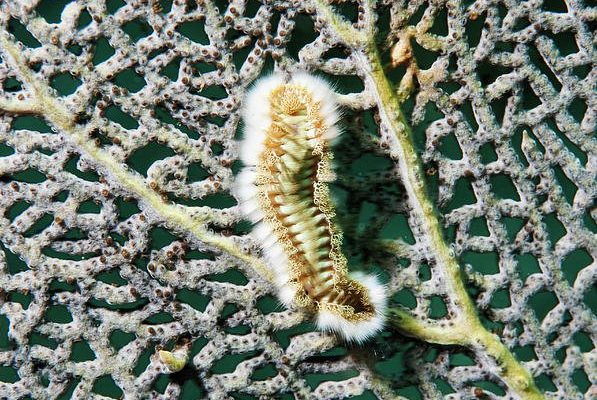
Bristle worms belong to a group called polychaetes, and they’re part of the annelid family, which includes earthworms, too. They mostly hang out in marine environments, often hidden in sandy or muddy seafloors. The magic of regeneration in bristle worms is not only captivating but also has practical implications for science. So, grab a cup of coffee as we explore the intricate world of these remarkable creatures and their regenerative abilities.
What Are Bristle Worms?
Bristle worms, or polychaetes, are segmented worms that live in oceans around the world. Think of them as the busy workers of the sea. They play essential roles in the ecosystem, helping to break down organic material and providing food for various marine animals. Each bristle worm has a unique structure—some are brightly colored, while others blend in with their surroundings.
These worms get their name from the tiny, bristle-like structures called *chaetae* that cover their bodies. The chaetae not only help in movement but also serve a defensive purpose. When threatened, bristle worms can use these bristles to deter predators. By being both beautiful and functional, bristle worms are a true example of nature’s creativity.
The Science of Regeneration
Regeneration is a process where an organism can regrow lost parts of its body. This ability varies widely among species, and bristle worms are among those with significant regenerative capabilities. When a bristle worm loses a segment, whether through predation or accidental injury, it can regrow that segment, often in as little as a few weeks.
But how does this work? When a bristle worm is cut, the cells at the wound site undergo rapid division and transformation. They become what scientists call a *blastema*, a mass of cells that eventually develops into the new tissue. Essentially, it’s like the worm’s body knows it needs to fix itself and gets right to work, a bit like how you might patch up a hole in your favorite shirt.
How Do Bristle Worms Regenerate? A Step-by-Step Look
1. Injury Occurs: When a bristle worm is cut, it triggers a biological response.
2. Cell Division: Cells near the site of injury begin to divide and migrate to form the blastema.
3. Tissue Differentiation: The cells then start to specialize, turning into various types of tissues—muscle, skin, and nerves.
4. Growth: The new segment gradually develops, and soon enough, the bristle worm is back to its old self, ready to wriggle through the sand.
This ability to regenerate is not just for show; it’s vital for survival. In the wild, many predators may try to snack on these worms, and being able to grow back lost body parts allows them to escape a fate worse than death.
Why Is Regeneration Important for Bristle Worms?
Regeneration isn’t just a neat party trick; it serves real purposes in the life of a bristle worm. Here’s the thing: in a world full of predators like fish and crustaceans, losing a segment can be a matter of life and death. By being able to regenerate, bristle worms can avoid becoming lunch and keep on thriving.
Moreover, this ability plays a role in their reproduction. Some species of bristle worms can reproduce asexually by fragmenting, where each piece that breaks off can grow into a new worm. This fascinating strategy ensures the survival of the species even in tough environmental conditions.
Bristle worms also contribute to the health of our oceans. As they consume organic materials and help recycle nutrients, they ensure that marine ecosystems remain balanced and productive. If the bristle worm population were to decline, the effects could ripple through the entire ecosystem.
Are All Bristle Worms Equal in Their Regenerative Abilities?
Not all bristle worms have the same regenerative capabilities. Different species exhibit varying levels of effectiveness when it comes to regrowth. Some can regenerate entire segments, while others might only regrow parts of their bodies.
For example, the *Lumbrineris* species is known for its remarkable regeneration, able to regrow significant body portions quite rapidly. In contrast, other species may take longer or might not regenerate as efficiently. This difference can be attributed to genetic factors and environmental conditions, like availability of food and habitat stability.
Understanding these differences helps scientists learn more about regeneration and may even have implications for human medicine. If we can grasp how bristle worms regenerate, it might inspire new ways to promote healing in humans.
How Do Bristle Worms Compare to Other Regenerating Creatures?
When it comes to regeneration, bristle worms are part of an exclusive club that includes some other interesting creatures. For instance, starfish and axolotls are well-known for their regenerative abilities, often making headlines for their curious healing talents.
While starfish can regrow entire arms, and axolotls can regenerate limbs, spinal cords, and even parts of their hearts, bristle worms focus on healing their segmented bodies. Each creature has developed unique strategies that suit their lifestyles and ecosystems.
It’s fascinating to explore these comparisons because they highlight how evolution has shaped life on Earth. Different environments lead to diverse survival strategies, showcasing the creativity of nature.
The Future of Regeneration Research
As scientists continue their research into regeneration, the study of bristle worms is becoming increasingly important. Researchers are looking closely at the molecular and genetic mechanisms behind their regenerative abilities.
By understanding how bristle worms regrow lost segments, we might uncover clues that can be applied to human medicine. Imagine a future where damaged tissue can be regenerated, or even limbs can be re-grown! This research could lead to groundbreaking treatments for injuries or degenerative diseases.
Honestly, the exploration into bristle worms and their regeneration opens doors to new scientific discoveries. It reminds us of the wonders of life under the sea and the hidden mysteries these creatures hold.
Bristle worms are tiny marine wonders with stunning regenerative powers. From their colorful bristles to their intricate roles in the ecosystem, these worms teach us about the resilience of life. Their ability to regenerate when cut highlights not only their survival skills but also sparks curiosity for scientists and nature lovers alike.
So, the next time you think about regeneration, remember our small yet mighty friends, the bristle worms. They remind us that in the world of nature, there’s always more to explore and learn. Embracing this fascination can lead to deeper appreciation for the ecosystems that surround us and the remarkable creatures that inhabit them.

